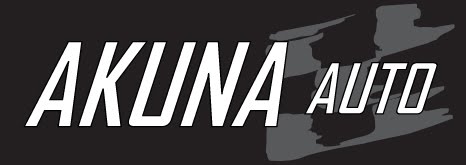 When it is time to sell your car you need to know what you have and what it is worth on the current market.
When it is time to sell your car you need to know what you have and what it is worth on the current market.Once again research is the key. You have to compare apples with apples.
I recommend comparing like models on popular trading websites such as Carsales and ebay. Redbook (which is now linked with Carsales) is a more realistic evaluation as it also has wholesale price listings.
The ideal situation to get the highest price is not be rushed or forced to sell. Sell to a party who is out of your immediate circle of friends and family. Selling within your circle can ruin relationships in the case that the vehicle has an expensive random unforeseen failure.
The true secret to recovering the maximum amount money on a used car is timing. Talk to your Mechanic. Many customers have said to me I wish I sold my car 2 years ago. When they read through their invoices and see un upward trend of thousands of dollars in a short period of time. Many expensive wearable parts or extensive oil leaks or even rust can be detected early if you car is regularly serviced and inspected.


















.jpg)


